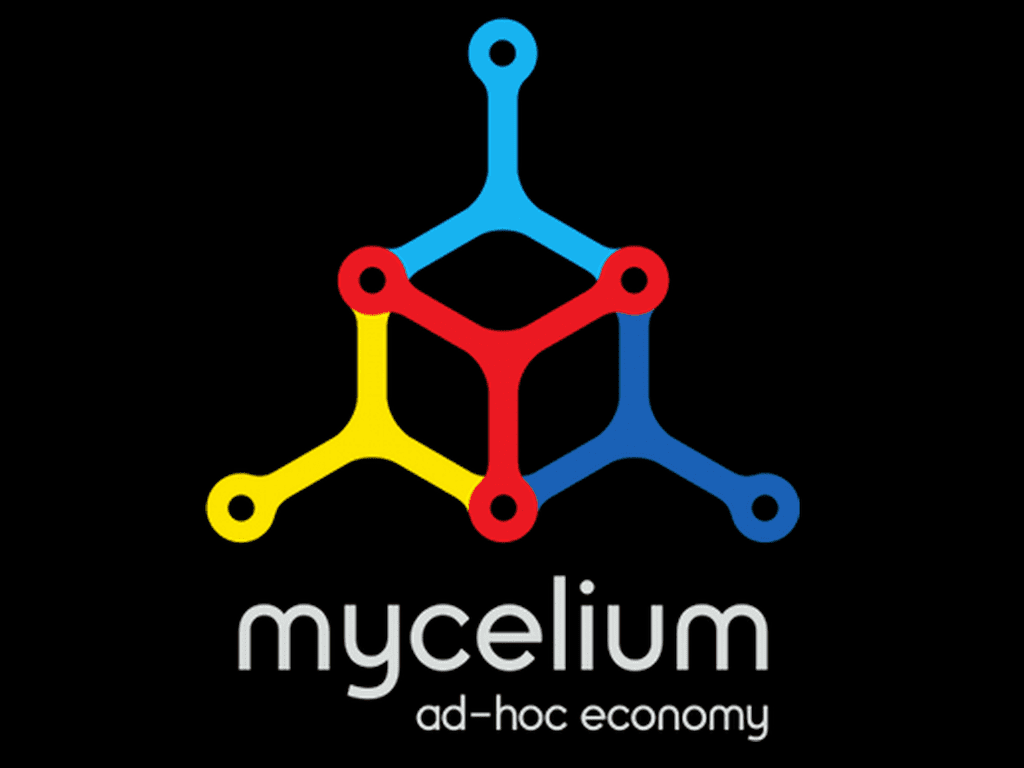Although this could be done manually, the fact is that it is usually difficult for marketing employees to keep up with it, and costly mistakes can be made. Another essential function for customers is the ability to update their payment and invoicing information. This said, here are the main components every operational CRM system should have. It can be difficult to make sense of popular cloud communications service models.
- But our editorial integrity ensures our experts’ opinions aren’t influenced by compensation.
- This can increase customer loyalty and give them a reason to stick around.
- It can provide prescriptive recommendations that make sense to customers and align with their needs.
- Inexpensive and fast, email is used not only to answer inquiries from customers but also to disseminate information, send alerts and product information, and conduct correspondence on any topic.
- Operational CRM will work wonders for your business, but it’s nearly impossible to implement without software.
- Analytical and operational CRM are the two main components of CRM; in this lesson we will learn about operational CRM.
- To assist customers, many online stores and malls offer search and comparison capabilities, as do independent comparison websites.
Customer support prevents poor user experiences while using any of these operations systems and, therefore, was an evaluation category. This looked at channel support options via phone, live chat, and email and the service hours of availability. We also considered the self-service and help center resources like product tutorials and forums.
Pipedrive: Best for Sales Process Management
Should your sales team make a point of pursuing one-on-one meetings or phone calls with prospects? These are the kinds of questions that channel management is designed to answer. Companies can then leverage the data they’ve collected for better sales efforts, targeted marketing campaigns, and personalized customer support. Generally speaking, the most crucial components of an analytical CRM are data warehousing, data mining, and OLAP tools.

Full email sync enables you to check messages from any email provider in-app. It is simple to add contacts via email, create notes, and plan sales tasks with seamless Gmail integration. An operational CRM strategy increases the effectiveness of your company by discovering how to automate repetitive tasks and streamline inefficient processes. According to the response, the prospect is taken over by the sales team. The sales team then uses operational CRM tools to move the prospects further down the sales funnel. The main functions of operational CRM are sales, service, and support, not analyzing data.
Become a better business
To many, CRM is the same as sales force automation, but it’s not. Operational CRMs are specifically meant to improve processes and productivity in a sales team. It’ll include tools designed to meet those objectives, such as workflow and task automation, communication features, and team collaboration tools for file sharing and lead assignment. These products will also be equipped with reporting and tracking capabilities to help monitor pipeline health, deal progress, and time spent on specific tasks. Service Automation- Service automation deals with managing organization’s service.

This includes tracking data, custom fields, and helpful information for your sales team to understand. The history of customer interactions helps everyone serve customers better. When a client states a concern through live chat systems, the CRM software will notify the customer service team, and give the client a response. Over time, the CRM will have access to responses that are helpful, https://xcritical.com/ and when the customer service team is unavailable, they can offer automated messages that feel more personal. There are three different types of CRM platforms — analytical, collaborative, and operational. Analytical and collaborative CRMs have more specialized features, while operational CRMs tend to have well-balanced traits that support a general range of business functions.
CRM FAQ
Understanding the 3 types of CRM systems To get the most out of a CRM system, organizations must decide whether an operational, analytical or collaborative CRM system is right for them. Channel management uses the information gathered from interaction management to help identify the best communication channel to use for a particular customer. The three types of CRM systems are operational, analytical and collaborative. Place calls, automate tasks, and manage CRM data with one platform. Provides the ICT based support for the employees to perform front office activities better and serve customers efficiently.
Until a few years ago, support and service staff did not have access to the same information that sales and marketing had. However, in recent years, all customer-facing departments have got access to customer data. Discover 9 customizable CRM systems that will help you handle sales, marketing, and customer service from what is operational crm a user-friendly, business-specific workspace. Compare Zoho CRM, Pipedrive, ClickUp, CompanyHub, Salesforce Sales Cloud, HubSpot, Maximizer, Freshsales, and Zendesk’s pros and cons to find the best fit for your business. A CRM can store and update all the data on a customer’s experience with your product or service.
How to choose the best CRM
Overall, there are several different reasons why operational CRM is so critical to your business success. It can influence the entire company directly, including its marketing, sales, and customer support. This feature lets consumers make accurate decisions when purchasing the products. When a buyer is on the verge of making a purchase or after the purchase, customer service comes into play, whether they may have questions or feedback.
These are campaigns designed to convert your customers into real loyal ones. After a purchase is completed, the customer is ready to use your product but does not necessarily know how to get the full benefit from it. Operational CRM is all about customer satisfaction to secure those loyal customers. And giving them support is one of the most critical actions along the customer lifecycle. Given that operational CRM systems cover different aspects of the business, there should be several vital components in any CRM software to be considered a good CRM solution.
Analytical CRM
Operational CRM tools have a wide variety of customizable CRM features and plug-ins. Paying for features you don’t need is a waste of resources and can confuse your team when they’re trying to find and use the features they do need. List the features your team will actually use, as well as features you may want in the future as your company grows.
SaaS Customer Relationship Management (CRM) Market 2031 … – KaleidoScot
SaaS Customer Relationship Management (CRM) Market 2031 ….
Posted: Sat, 10 Jun 2023 20:51:05 GMT [source]
When the customer knows you’re still around after the sale, they’ll be a lot more likely to use your thingy and talk about it. Managing a successful salesperson’s calendar can be near impossible. Don’t make your sales team act as their own personal assistants. Harness the power of your operational CRM to do the hard work for them.
Comentários